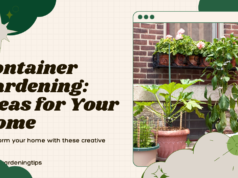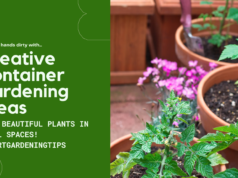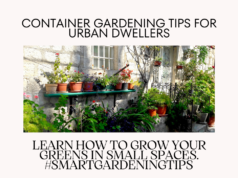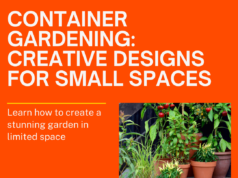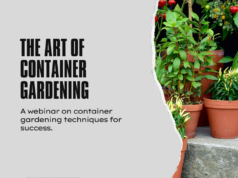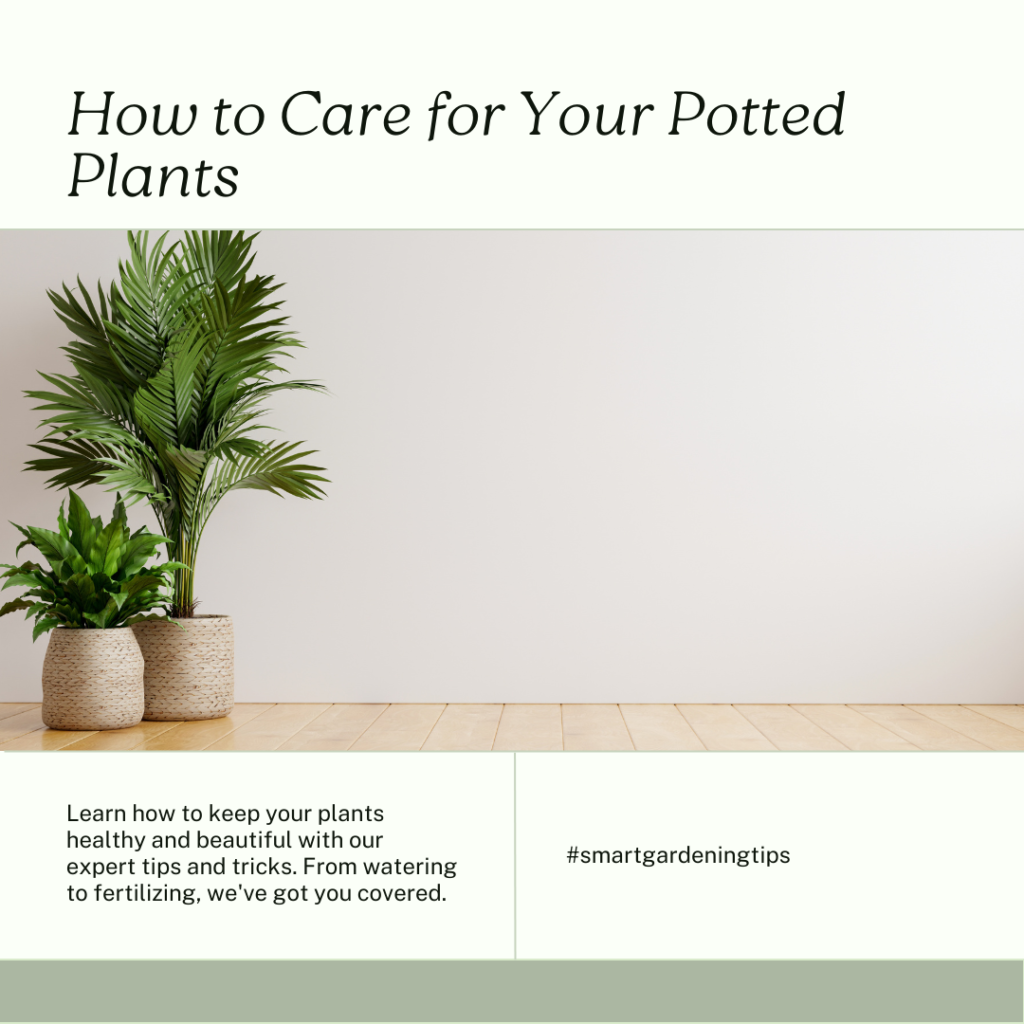
Welcome to our expert guide on nurturing your potted plants. Whether you’re a seasoned plant parent or just starting your indoor garden, we’re here to provide you with the right care tips to ensure your plants thrive. From proper watering techniques to choosing the right soil, we’ve got you covered with all the information you need to keep your potted plants healthy and vibrant.
Key Takeaways:
- Proper watering and feeding are essential for the health of your potted plants.
- Choosing the right soil and containers can greatly impact your plant’s growth.
- Place your plants in an area with adequate light and ensure proper maintenance routines.
- Identify and treat common pests and diseases that may affect your potted plants.
- Regular care routines and attention to plant health will result in thriving potted plants.
Why potted plant care is important
When it comes to indoor plant ownership, proper care is essential for the health and longevity of your potted plants. The importance of potted plant care cannot be overstated, as it directly impacts the well-being of your green companions. By nurturing your indoor plants, you not only create a beautiful and vibrant living space but also enjoy a range of benefits that enhance your overall well-being.
Indoor plants offer numerous advantages that make caring for them worthwhile. Not only do they add a touch of nature to your home, but they also contribute to better air quality by absorbing carbon dioxide and releasing oxygen. Studies have shown that having indoor plants can improve air circulation, reduce the risk of respiratory illnesses, and boost overall mood and productivity.
Furthermore, potted plants have the ability to create a sense of tranquility and reduce stress levels. Their presence can provide a calming and peaceful atmosphere, promoting relaxation and mental well-being. Whether you choose flowering plants, leafy foliage, or succulents, these green wonders can have a positive impact on your physical and emotional health.
“Having indoor plants can improve air circulation, reduce the risk of respiratory illnesses, and boost overall mood and productivity.”
Moreover, caring for potted plants allows you to connect with nature and develop a nurturing mindset. Tending to your plants, watering them, and observing their growth fosters a sense of responsibility and mindfulness. It provides an opportunity to slow down, be present, and appreciate the beauty of nature in your own home.
Whether you are an experienced gardener or a beginner with a green thumb, understanding the importance of potted plant care is the first step towards successful plant ownership. By dedicating time and effort to your indoor plants, you reap the rewards of a healthier and more vibrant living environment.
Next, let’s explore how to choose the right potted plants for your indoor space and ensure their optimal growth and well-being.
Choosing the right potted plants
When it comes to selecting potted plants for your indoor environment, it’s important to consider factors such as available light and space in your home. By choosing the right plants, you can create a harmonious and thriving green space that enhances the aesthetics of your living area.
Start by assessing the amount of natural light your home receives. Some plants thrive in bright, direct sunlight, while others prefer indirect or low light conditions. Consider the orientation of your windows and the intensity of sunlight that filters through them throughout the day.
Once you’ve determined the light conditions, it’s time to choose plants that suit your space. Evaluate the available room in terms of vertical and horizontal layout. Some plants are better suited for taller spaces, while others are more compact and fit well in smaller areas.
Creating a well-balanced selection of plants can add depth and visual interest to your indoor space. Consider combining plants with different shapes, sizes, and foliage textures to create a visually appealing arrangement.
Here are a few suggestions for selecting potted plants for different lighting and space conditions:
Bright, direct sunlight:
- Succulents: These hardy plants require minimal water and thrive in bright, sunny spots.
- Cacti: With their unique shapes and textures, cacti are perfect for adding a desert-inspired touch to your space.
- Aloe Vera: Known for its soothing properties, Aloe Vera thrives in sunny locations and adds a touch of greenery to any room.
Indirect or low light:
- Snake Plant (Sansevieria): This resilient plant tolerates low light conditions and is known for its air-purifying qualities.
- ZZ Plant (Zamioculcas zamiifolia): With its glossy foliage, the ZZ Plant is a low-maintenance option for low light areas.
- Peace Lily (Spathiphyllum): Known for its elegant white flowers, the Peace Lily thrives in low light conditions and adds a touch of tranquility to any room.
Small spaces:
- Succulent Terrariums: Create a mini desert oasis with a selection of small succulents arranged in a glass terrarium.
- Bonsai Trees: These miniaturized trees are perfect for adding a touch of serenity to small spaces.
- Air Plants (Tillandsia): These unique plants are easy to care for and require no soil, making them ideal for small, unconventional spaces.
Remember to regularly assess the lighting conditions and space availability in your home to ensure that your potted plants continue to thrive. By selecting plants that suit your indoor environment, you can enjoy the beauty and benefits of a green space right in your own home.
Selecting the correct soil and containers
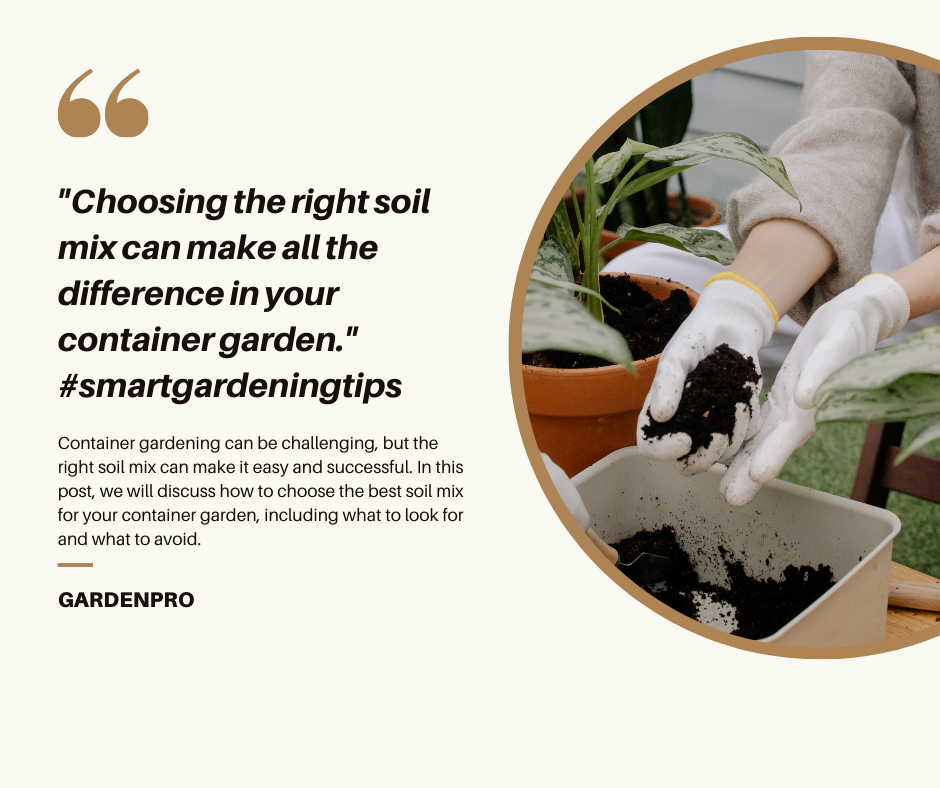
When it comes to potted plant care, selecting the right soil and containers is crucial for the health and growth of your plants. The type of soil you choose can provide the necessary nutrients and ensure proper drainage, while the container plays a role in maintaining the plant’s root system and overall stability.
Let’s start with soil selection. Different plants have different soil requirements, so it’s important to choose the right type of soil based on the needs of your specific plants. Here are some common types of soil:
- Loam soil: A well-balanced soil that contains a mixture of sand, silt, and clay. It provides good drainage and retains moisture, making it suitable for a wide range of plants.
- Potting mix: A blend of organic matter, such as peat moss or coconut coir, along with perlite or vermiculite for drainage. Potting mix is lightweight and ideal for potted plants.
- Cactus soil: Specifically designed for succulents and cacti, this soil is fast-draining to prevent waterlogged roots.
- Orchid mix: Ideal for orchids, this soil is usually a combination of bark, charcoal, and perlite, allowing for ample airflow.
Once you’ve selected the right soil, it’s time to choose the appropriate container. Consider the following factors:
- Size: Choose a container that accommodates the growth of your plants. It should have sufficient room for the roots to expand, without being too cramped.
- Drainage: Look for containers with drainage holes to allow excess water to escape. Well-drained soil helps prevent root rot and fungal diseases.
- Material: Containers can be made of various materials, such as plastic, ceramic, or terracotta. Each material has its advantages and disadvantages, so choose one that suits your needs and preferences.
Remember, selecting the correct soil and containers is essential for the vitality of your potted plants. Take the time to research and choose the most suitable options for your specific plant species and growing environment.
Potted Plant Soil and Container Comparison
| Soil Types | Container Materials |
|---|---|
| Loam soil | Plastic containers |
| Potting mix | Ceramic containers |
| Cactus soil | Terracotta containers |
| Orchid mix |
Note: The table above illustrates common soil types and container materials for potted plants. It is important to choose the appropriate combination based on your specific plant species and growing conditions.
Watering and feeding tips for potted plants
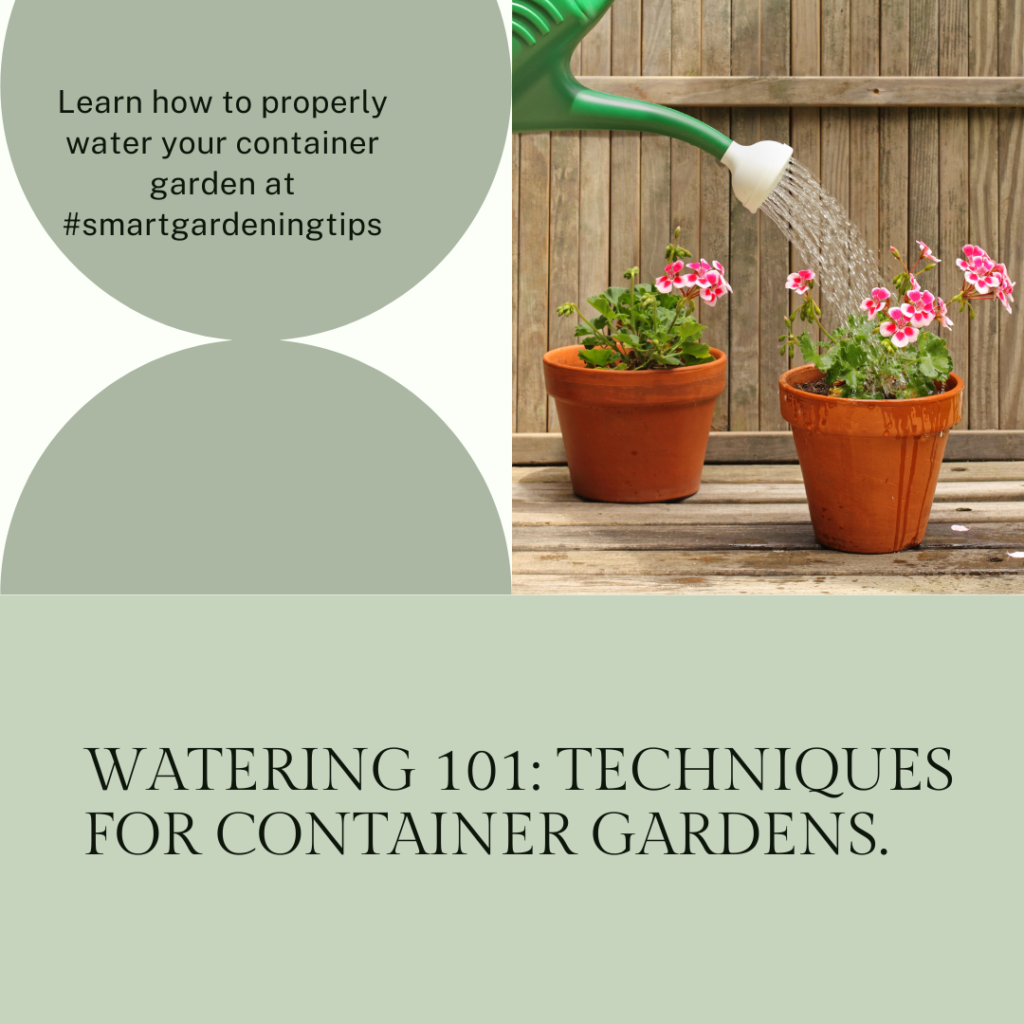
Proper watering and feeding are essential for the health and growth of your potted plants. By following these expert tips, you can ensure that your plants receive the right amount of water and nutrients to thrive.
Watering Tips
- Check the moisture level of the soil before watering. Stick your finger into the soil up to the first knuckle. If it feels dry, it’s time to water.
- Avoid overwatering. Most indoor plants prefer slightly moist soil rather than being constantly wet. Overwatering can lead to root rot and other plant diseases.
- Water the plants thoroughly until the water drains out from the bottom of the pot. This ensures that the entire root system receives moisture.
- Use room temperature water to avoid shocking the plants. Cold water can stress the roots, while hot water can promote the growth of harmful bacteria.
- Adjust your watering frequency based on the specific needs of each plant. Some plants may require more water during the warmer months, while others may need less during the dormant period.
Feeding Tips
- Choose a high-quality fertilizer that is suitable for potted plants. Look for a balanced formula with a mix of nitrogen, phosphorus, and potassium.
- Follow the instructions on the fertilizer packaging for the correct dosage and frequency of application. Over-fertilizing can cause nutrient burn and damage to the plant.
- Apply the fertilizer during the active growing season, typically spring and summer. Reduce or stop fertilizing during the dormant period.
- Consider using organic fertilizers, such as compost or worm castings, to provide a slow-release source of nutrients.
- Monitor your plants for signs of nutrient deficiency, such as yellowing leaves or stunted growth. Adjust your feeding routine accordingly.
Remember, every plant has unique watering and feeding requirements. It’s important to research the specific needs of your potted plants to provide them with the best care possible.
| Type of Plant | Watering Frequency | Fertilizer Dosage |
|---|---|---|
| Succulents | Once every 1-2 weeks | Every 2-3 months |
| Herbs | When the top inch of soil feels dry | Every 4-6 weeks |
| Ferns | Keep the soil consistently moist | Every 2-4 weeks |
| Cacti | Once every 3-4 weeks | Skip fertilizing during winter |
Proper placement and maintenance
Proper placement and maintenance are essential for the optimal growth and health of your potted plants. By strategically positioning your plants and following a consistent care routine, you can create an ideal environment for them to thrive. In this section, we will explore the importance of placement and provide you with valuable tips for maintaining your potted plants.
Optimal Placement for Potted Plants
When it comes to placement, consider the specific needs of each plant. Some plants thrive in bright, indirect light, while others prefer shade. Take note of the lighting conditions in different areas of your home and choose suitable spots for your plants accordingly.
Avoid placing potted plants near drafty windows or vents, as the fluctuating temperatures can negatively impact their health. Additionally, keep them away from heat sources like radiators or heating vents, as excessive heat can dry out the soil and harm the plants.
It’s also important to take into account the space requirements of your plants. Ensure that they have enough room to spread out and grow comfortably. If you notice overcrowding or limited space, consider repotting or rearranging your plants to provide them with adequate breathing room.
To help you visualize the optimal placement for your potted plants, refer to the table below:
**Table: Placement Recommendations for Potted Plants**
| Plant Type | Light Requirements | Placement |
|——————–|————————|—————————|
| Succulents | Bright, direct light | Near a south-facing window |
| Ferns | Indirect light | In a shady corner |
| Flowering Plants | Moderate to bright light | On a well-lit windowsill |
| Herbs | Full sun | Outdoor balcony or patio |
| Foliage Plants | Low to moderate light | In a partially shady area |
Maintenance Tips for Potted Plants
Maintaining the health of your potted plants involves a few key tasks, such as regular watering, pruning, and repotting. By staying on top of these maintenance activities, you can ensure that your plants continue to flourish.
- Watering: Follow a consistent watering schedule based on the specific needs of each plant. Avoid overwatering, as it can lead to root rot, and underwatering, which can cause dehydration. Check the moisture level of the soil regularly and adjust your watering routine accordingly.
- Pruning: Regularly prune your plants to remove dead or damaged leaves, encourage new growth, and maintain their shape. Trim back any overgrown or unruly branches to promote healthier growth.
- Repotting: As your plants grow, they may outgrow their containers. Repotting allows for fresh soil and room for root expansion. Keep an eye out for root-bound plants and carefully transfer them into larger pots when necessary.
“Proper placement and maintenance are essential for the optimal growth and health of your potted plants.”
By following these placement and maintenance tips, you can create an environment where your potted plants can thrive. Remember to provide the right amount of light, space, and care for each plant, and you’ll be rewarded with beautiful, healthy greenery.
Dealing with common plant pests
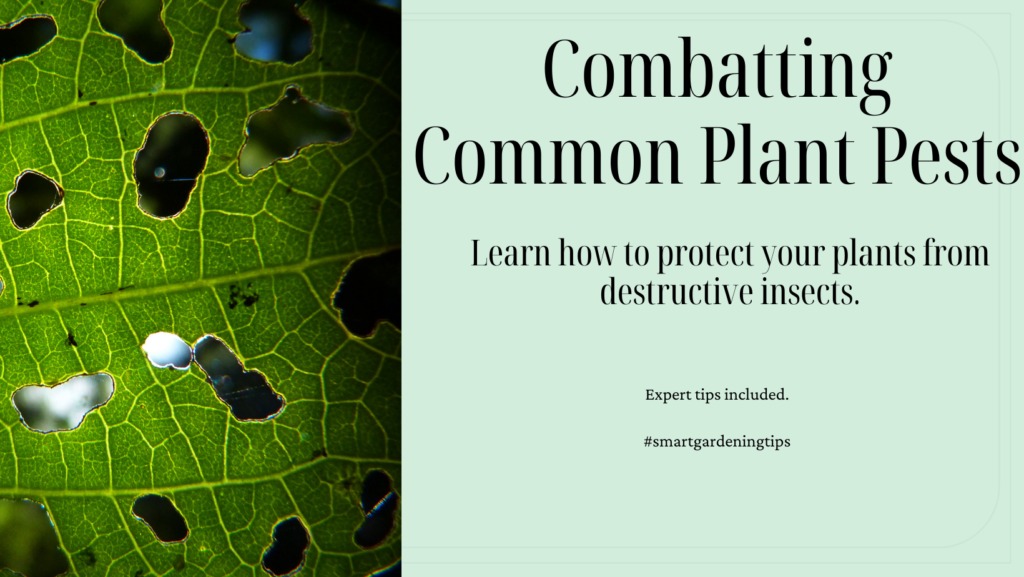
When it comes to caring for your potted plants, dealing with common plant pests is an essential skill to have. These pesky invaders can wreak havoc on your precious greenery if left untreated. In this section, you’ll learn how to identify and treat plant pests, ensuring your plants stay healthy and thrive.
Identifying Plant Pests
Before you can effectively treat plant pests, it’s crucial to know what you’re dealing with. Here are some common types of plant pests that can infest your potted plants:
- Aphids
- Mealybugs
- Spider mites
- Whiteflies
Each pest has its own unique characteristics and signs of infestation. For example, aphids are tiny, pear-shaped insects that suck on plant sap, causing wilting and stunted growth. Mealybugs, on the other hand, are small, cotton-like insects that create white, waxy clusters on plant leaves and stems.
By closely examining your plants and looking for these distinguishing features, you’ll be able to quickly identify the type of pest you’re dealing with.
Treating Plant Pests
Once you’ve identified the plant pests, it’s time to take action and treat the infestation. There are several effective strategies you can use to keep your plants pest-free:
- Manual removal: For larger pests like caterpillars or snails, manually remove them from your plants. Wear gloves and use tweezers or handheld tools to gently extract these pests.
- Natural remedies: Some pests can be deterred or eliminated using natural remedies. For instance, a solution of water and dish soap can help control aphid populations. Neem oil is another popular natural remedy for various pests.
- Biological controls: Introduce beneficial insects, such as ladybugs or praying mantises, to your potted plants. These predators will naturally feed on plant pests and help keep their population in check.
- Pesticides: If the infestation is severe or other methods fail, you may need to resort to chemical pesticides. Ensure you choose a pesticide specifically labeled for the type of pests you’re targeting and follow the instructions carefully.
Remember, prevention is always better than cure when it comes to plant pests. Regularly inspect and monitor your plants for any signs of infestation. By maintaining a healthy growing environment and providing proper care, you can minimize the risk of plant pest problems.
Common Plant Pests and Treatment Methods
| Plant Pest | Identification | Treatment |
|---|---|---|
| Aphids | Small, pear-shaped insects; visible on leaves and stems | – Encourage natural predators like ladybugs – Spray a soapy water solution |
| Mealybugs | Small, cotton-like insects cluster; found on leaves and stems | – Remove infested parts – Spray with rubbing alcohol solution |
| Spider Mites | Tiny, spider-like creatures; webbing on leaves | – Increase humidity – Spray with water to dislodge mites |
| Whiteflies | Small, white flying insects; swarm upon disturbance | – Introduce natural predators like parasitic wasps – Use yellow sticky traps |
Managing common plant diseases
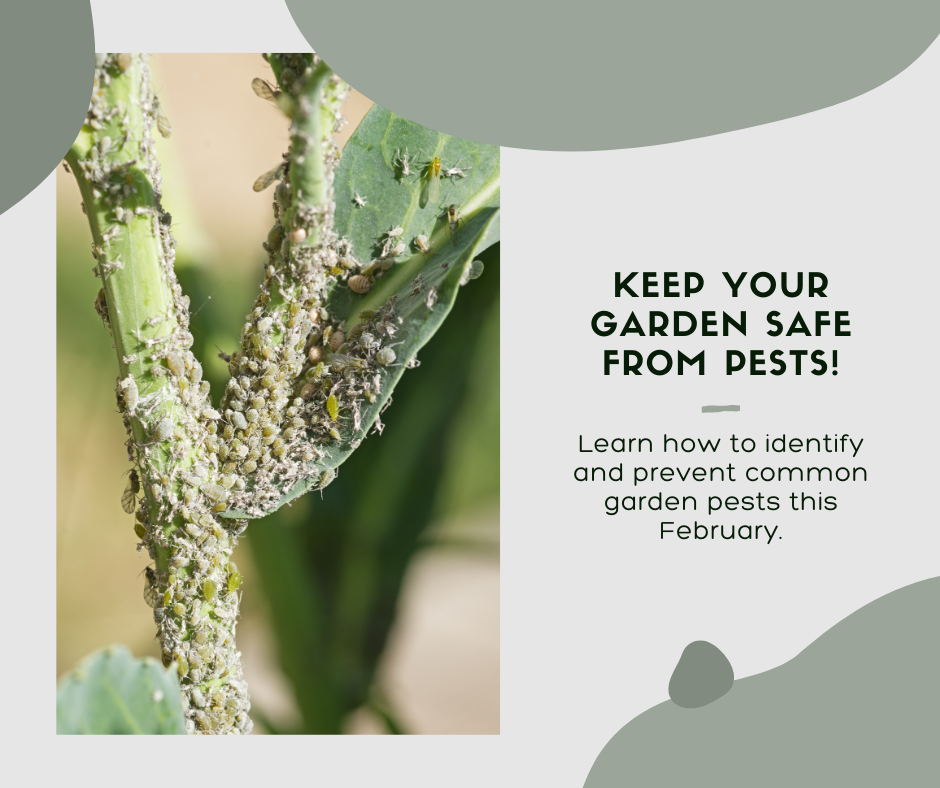
Even the healthiest potted plants can sometimes fall victim to common plant diseases. It’s important to be able to identify and treat these diseases promptly to safeguard the health and well-being of your indoor greenery. By implementing preventive measures and effective treatment strategies, you can maintain the vitality of your potted plants.
Identifying Plant Diseases
Recognizing the symptoms of common plant diseases is the first step towards effective management. Keep an eye out for signs such as discoloration, wilting leaves, spots, molds, or unusual growth patterns. Use reference guides and online resources to accurately identify the disease affecting your plants. Remember, timely identification is key to preventing the spread of the disease to neighboring plants.
Treating Plant Diseases
Once you’ve identified a plant disease, it’s crucial to take immediate action to treat it. The treatment methods will vary depending on the specific disease, but common approaches include:
- Pruning: Remove and destroy infected plant parts to prevent the disease from spreading.
- Fungicides: Use appropriate fungicides to control fungal infections. Ensure to follow the instructions carefully.
- Isolation: Quarantine affected plants to prevent the disease from spreading to healthy plants.
- Improving cultural practices: Adjust watering, lighting, and feeding routines to create a less favorable environment for disease development.
Remember, prevention is better than cure. By practicing good plant care techniques, such as providing proper watering, adequate light, and a clean growing environment, you can reduce the risk of plant diseases. Additionally, maintaining optimal plant health through regular inspections and care routines will contribute to disease prevention.
Following these guidelines will help you effectively manage and treat common plant diseases, ensuring the longevity and vitality of your potted plants. Don’t let plant diseases hinder your green thumb; be proactive, and enjoy a thriving indoor garden.
Maintaining a thriving potted plant
Once you’ve carefully selected the right potted plants for your indoor space, it’s important to establish a regular care routine to maintain their health and ensure their longevity. By providing proper care and following these guidelines, you can create a thriving environment for your indoor greenery.
Regular Care Routines
To keep your potted plants healthy, it’s essential to pay attention to their specific needs. Here are some key factors to consider:
- Watering: Different plants have different water requirements, so it’s crucial to understand the needs of each plant species. Most plants prefer watering when the top inch of soil feels dry. Avoid overwatering, as it can lead to root rot. On the other hand, underwatering can cause wilting and stunted growth. Adjust your watering schedule based on the plant’s moisture needs and environmental conditions.
- Lighting: Adequate light is essential for plant growth. Observe the lighting conditions in your home and position your potted plants accordingly. Some plants thrive in bright direct sunlight, while others prefer indirect or low-light conditions. Research the light requirements of your specific plants and find suitable spots for them in your home.
- Fertilizing: Potted plants often require regular fertilization to replenish nutrients depleted from the soil. Use a balanced liquid or granular fertilizer formulated for indoor plants. Follow the manufacturer’s instructions for application rates and frequency. Be mindful not to overfertilize, as it can harm your plants.
- Pruning: Pruning promotes healthy growth and helps maintain the shape of your plants. Remove dead or yellowing leaves, trim excessive growth, and reshape the plant as needed. Regular pruning also improves airflow and reduces the risk of diseases.
Additional Tips
Aside from regular care routines, there are some additional tips that can contribute to the overall health of your potted plants:
- Monitoring: Regularly inspect your plants for signs of pests, diseases, or nutrient deficiencies. Early detection allows for prompt treatment, preventing problems from escalating.
- Humidity: Some indoor plants thrive in higher humidity levels. Consider using a humidifier or placing your potted plants on trays filled with water and pebbles to increase humidity around them.
- Rotation: Rotate your potted plants to ensure even light exposure and growth. This helps prevent lopsided and leggy growth caused by uneven light distribution.
- Choosing the Right Pot: Select pots with drainage holes to prevent waterlogging and ensure proper root aeration. Use a well-draining potting mix to facilitate water drainage and prevent soil compaction.
To help you visualize the importance of routine care, here’s an example of a weekly care routine for maintaining a thriving potted plant:
| Day | Care Task |
|---|---|
| Monday | Check soil moisture and water accordingly. |
| Tuesday | Dust the leaves and inspect for pests. |
| Wednesday | Rotate the plant to ensure even growth. |
| Thursday | Fertilize the plant following the package instructions. |
| Friday | Prune any dead or yellowing leaves. |
| Saturday | Monitor for signs of pests or diseases. |
| Sunday | Rest day – enjoy the beauty of your thriving potted plant! |
By incorporating these care guidelines into your routine, you’ll be well on your way to maintaining healthy, vibrant potted plants that enhance your indoor space.
FAQ
Q. Why is potted plant care important?
A. Proper care for potted plants is essential for their growth and health. It ensures they receive the correct amount of water, nutrients, and light they need to thrive. Neglecting potted plant care can lead to wilting, root rot, and ultimately the death of the plant.
Q. What are the benefits of having indoor plants?
A. Indoor plants offer numerous benefits, including improving air quality, reducing stress, boosting mood, and increasing productivity. They also add beauty and a sense of tranquility to your living space.
Q. How do I choose the right potted plants for indoors?
A. When selecting potted plants for indoors, consider the available light and space in your home. Some plants require bright, direct sunlight, while others thrive in low-light conditions. Choose plants that are suitable for the specific area where you plan to keep them.
Q. What soil and containers should I use for potted plants?
A. It is important to use well-draining soil that allows for proper root aeration. Choose containers that have drainage holes to prevent waterlogged roots. Consider using pots made of materials such as terracotta or plastic.
Q. How often should I water and feed my potted plants?
A. The watering frequency for potted plants depends on factors such as the plant species, environmental conditions, and pot size. Generally, it’s best to keep the soil slightly moist but not waterlogged. Feed your plants with a balanced fertilizer every 2-4 weeks during the growing season.
Q. How should I place and maintain my potted plants?
A. Place your potted plants in areas where they can receive the appropriate amount of light they need. This can vary depending on the specific plant species. Regularly check for signs of overgrowth or root-bound plants and consider pruning or repotting when necessary.
Q. How can I identify and treat common plant pests?
A. Common plant pests include aphids, mealybugs, and spider mites. Look for signs such as discolored leaves, sticky residue, or visible pests. Treatments include using insecticidal soap or neem oil, or physically removing the pests with a damp cloth or spray of water.
Q. What should I do if my potted plants have diseases?
Q. What are some general guidelines for maintaining potted plants?
Conclusion
Congratulations! You’re now equipped with a wealth of knowledge on potted plant care tips. By following these expert recommendations, you can ensure the health and longevity of your indoor greenery.
In summary, nurturing your potted plants requires attention to details such as selecting the right plants for your space, choosing suitable soil and containers, implementing proper watering and feeding techniques, and providing optimal placement and maintenance. By addressing common plant pests and diseases promptly, you can safeguard the well-being of your green companions.
Remember, regular care and consistent routines are key to maintaining thriving potted plants. Whether you’re a beginner or experienced plant parent, applying these guidelines will help you create a serene and vibrant indoor oasis.


